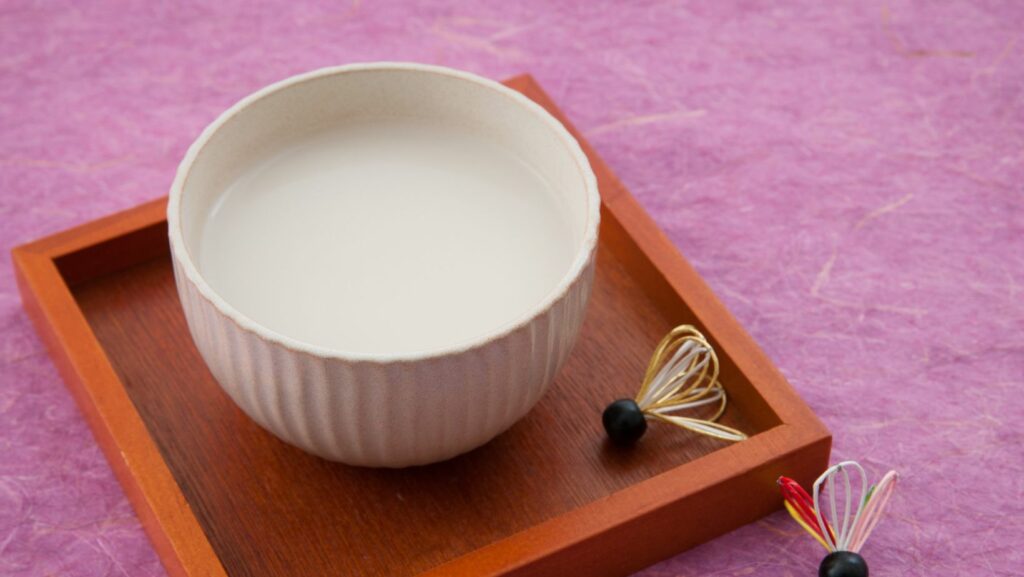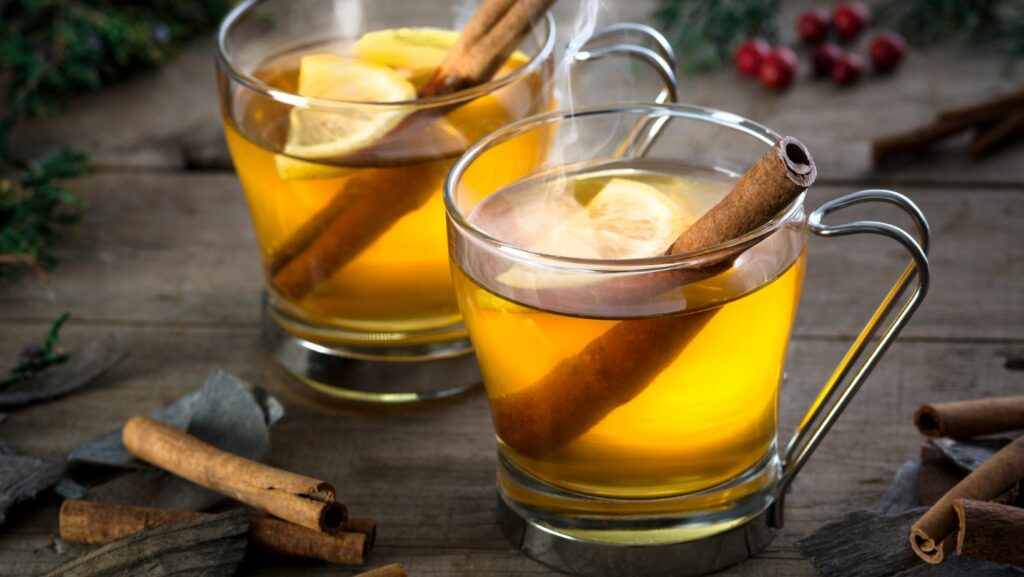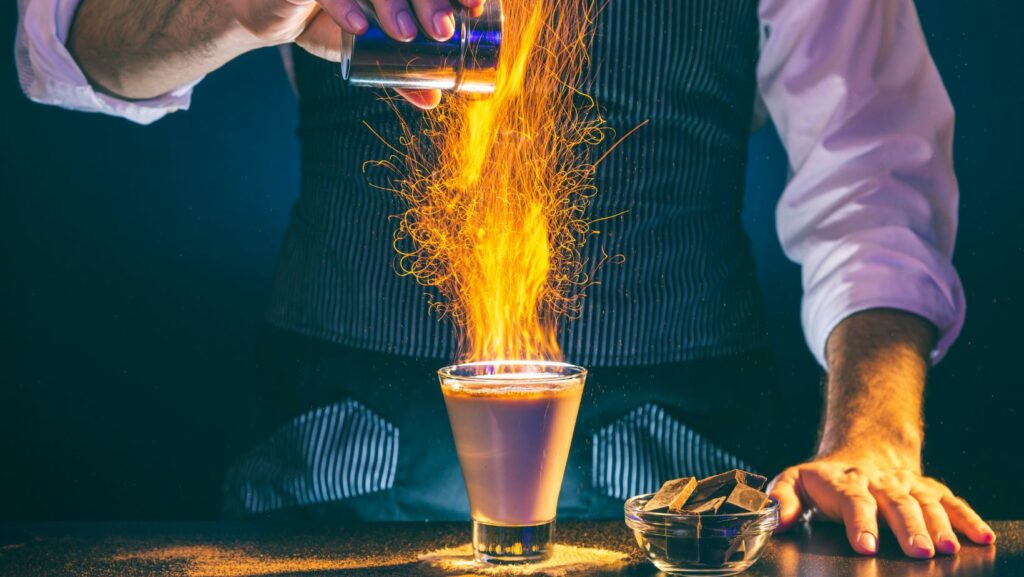Japanese Drinks Alcohol
- Diverse Beverage Landscape: Japan offers a wide variety of alcoholic drinks, including sake, shochu, umeshu, and Japanese beer, each having unique flavors and production methods.
- Sake Significance: Sake, a traditional rice wine, showcases the craftsmanship of Japanese brewing with different varieties like junmai, ginjo, and daiginjo, each varying in taste and suitability for different occasions.
- Shochu Versatility: Shochu is a highly adaptable spirit made from various ingredients such as barley, sweet potatoes, and rice, allowing it to be enjoyed in numerous ways, from neat to mixed drinks.
- Cultural Practices: Japan’s drinking culture emphasizes rituals like kanpai (toast) and communal gatherings in izakayas, fostering strong social bonds and enhancing the drinking experience.
- Modern Innovations: The Japanese beverage industry is evolving with craft sake production and innovative flavor infusions, appealing to contemporary tastes while honoring traditional methods.
Japan boasts a rich tapestry of culture, and its alcoholic beverages are a vibrant part of that heritage. From the delicate notes of sake to the refreshing taste of shochu, these drinks reflect the country’s history and craftsmanship. Each sip tells a story, inviting enthusiasts to explore the nuances of flavor and tradition.
As the world increasingly embraces Japanese cuisine, the drinks that accompany these meals have gained popularity. Whether it’s enjoying a glass of umeshu during a summer gathering or savoring a highball at a cozy izakaya, Japanese alcoholic beverages offer something for everyone. This exploration into Japan’s drinking culture reveals not just the drinks themselves but also the rituals and social aspects that make them special.
Overview of Japanese Alcoholic Beverages
Japanese alcoholic beverages reflect the country’s rich history and craftsmanship. Sake, a fermented rice drink, serves as a cultural cornerstone. It offers varieties like junmai, ginjo, and daiginjo, each showcasing distinct flavor profiles influenced by production methods and rice polishing ratios.
Shochu, another popular drink, stands apart with its distillation process. Made from ingredients such as barley, sweet potatoes, and rice, shochu presents a diverse range of tastes. It can be enjoyed neat, on the rocks, or mixed with other beverages. 
Umeshu, a sweet plum wine, has gained global recognition. This fruit-based drink combines ume fruits and shochu or sake, presenting a unique sweetness balanced by tartness. Its versatility allows it to be used in cocktails or served over ice.
Highballs, made with whiskey and soda water, elevate casual drinking experiences. Japanese whiskey has gained international acclaim, with brands like Yamazaki and Hibiki leading the way. The highball’s refreshing quality makes it a favorite choice in izakayas and bars.
Rituals and social interactions form a vital part of Japan’s drinking culture. Customary practices, such as kanpai (toast) and pouring for others, enhance social bonds. Understanding these traditions enriches the experience of enjoying Japanese alcoholic beverages.
Types of Japanese Drinks Alcohol
Japan offers a diverse array of alcoholic beverages, each reflecting its unique cultural heritage. Important types include sake, shochu, and Japanese beer, each with distinct characteristics and consumption methods.
Sake: The Rice Wine
Sake, a traditional rice wine, stands as a symbol of Japanese craftsmanship. Sake types include:
- Junmai: Pure rice sake, characterized by a robust flavor with a higher acidity.
- Ginjo: Made with polished rice, this version has fruity and delicate notes.
- Daiginjo: Super premium sake, offering a refined taste with complex flavors.
Sake can be served warm, cold, or at room temperature, depending on the type and personal preference. It’s commonly enjoyed during celebrations and rituals, playing a pivotal role in Japanese culture.
Shochu: The Versatile Spirit
Shochu represents a versatile spirit made from various base ingredients, including:
- Barley: Offers a smooth, mild flavor; commonly enjoyed neat or on the rocks.
- Sweet Potatoes: Provides a rich and earthy taste; often used in cocktails.
- Rice: Known for a clean, crisp profile; ideal for mixing with other drinks.
This spirit typically contains a higher alcohol content than sake and can be consumed in various ways, such as diluted with water or served chilled. Shochu’s adaptability makes it popular among different demographics.
Japanese Beer: A Growing Trend
Japanese beer has gained international recognition, with several brands leading the way. Key indicators of this trend include:
- Asahi: Known for its crisp and refreshing taste, often paired with seafood.
- Kirin: A classic choice, offering a balanced flavor profile suitable for various dishes.
- Sapporo: Famous for its rich history and full-bodied lager.
Craft beer also sees an upward trend, with microbreweries emerging throughout Japan, producing unique flavors and styles. Beer holds a significant place in Japanese dining, frequently consumed during social gatherings and meals.
Traditional Drinking Culture
Japanese drinking culture is deeply intertwined with social rituals and communal experiences. Alcohol consumption in Japan often revolves around shared moments and traditional practices that enhance social bonds.
Kanpai: The Art of Toasting
Kanpai, meaning “cheers,” serves as a significant element in Japanese drinking culture. Participants raise their glasses and make eye contact before taking a sip. This practice fosters unity and respect among drinkers. It’s common to pour drinks for one another, reinforcing social connections and hospitality. Various occasions, from celebrations to casual gatherings, honor this toast, making it a vital part of the experience.
Izakaya: The Social Drinking Spot
Izakayas function as casual pubs where individuals gather to unwind after work. These establishments typically serve a variety of drinks, including sake, shochu, and beer, paired with an assortment of small dishes. The informal atmosphere encourages conversation and camaraderie. Frequented by locals, izakayas reflect Japan’s preference for communal dining, where sharing plates and drinks enhances the overall experience. The diverse menus cater to a wide range of tastes, ensuring a charming social experience for everyone involved.
Modern Innovations in Japanese Alcohol
Japanese alcohol continues to evolve, reflecting contemporary tastes while honoring traditional methods. Innovations in sake production and new flavor infusions are reshaping the landscape of Japanese beverages.
Craft Sake and Brewing Techniques
Craft sake breweries are now prominent, using artisanal methods to produce unique offerings. These breweries often experiment with local rice varieties and pure water sources to enhance flavor profiles. Specific techniques include:
- Handcrafted Processes: Artisans prioritize small batches, allowing for meticulous attention to detail.
- Yeast Variations: Unique yeast strains contribute distinct aromas and tastes, such as fruity or floral notes.
- Serving Styles: Innovative serving methods, including chilled and sparkling variations, appeal to modern consumers.
Additionally, some brewers incorporate traditional aging techniques, resulting in complex flavors that attract both enthusiasts and newcomers.
New Flavors and Infusions
The creativity in Japanese alcohol extends to flavor infusions, catering to diverse palates. Producers have pioneered various innovative infusions, such as:
- Fruity Enhancements: Sake and shochu infused with seasonal fruits, like yuzu and peach, create refreshing alternatives.
- Herbal Ingredients: Some producers experiment with herbs and spices, offering unique blends that enhance the depth of flavor.
- Cask Aging: Aging alcohol in unique casks, like those previously used for whiskey, imparts distinctive characteristics.
These novel approaches not only satisfy evolving consumer tastes but also contribute to the global appeal of Japanese alcoholic beverages.
Experiences and Culinary Adventures
Japanese alcoholic beverages offer a fascinating glimpse into the country’s rich cultural tapestry. Each drink tells a story of tradition and innovation that captivates both locals and international enthusiasts. From the meticulous crafting of sake to the diverse flavors of shochu, these drinks enhance social experiences and culinary adventures alike.
As the global appreciation for Japanese drinks continues to rise, the balance of heritage and modernity remains a key aspect of their allure. The evolving landscape of Japanese alcohol invites everyone to discover and celebrate the unique flavors and traditions that Japan has to offer.


